Getting acquainted
In anticipation of the much talked about planetary alignment on the 28th (tonight!) I got out a few times this week to familiarise myself with the stars and the telescope. I’ve started reading “Nightwatch”, which is excellently written for the newbie, and really feeding my sense of awe and wonder at the universe - and giving some helpful pointers to actually get started.
Key amongst these, is that you can start to learn to navigate the stars by just learning the Big Dipper and Orion - as these point to various other stars and constellations.
My mind is a bit blown by Orion nebula. Just sat there in the middle of Orion literally generating stars…
Anyway, I took a few photos of Venus - with my Camera (Canon R7 with 100-400mm) and also through the Skywatcher 200p. On review, I needed a much shorter shutter speed - I used 1/30th and above, but will try 1/250 and 1/1000 next time, sticking with a low iso.
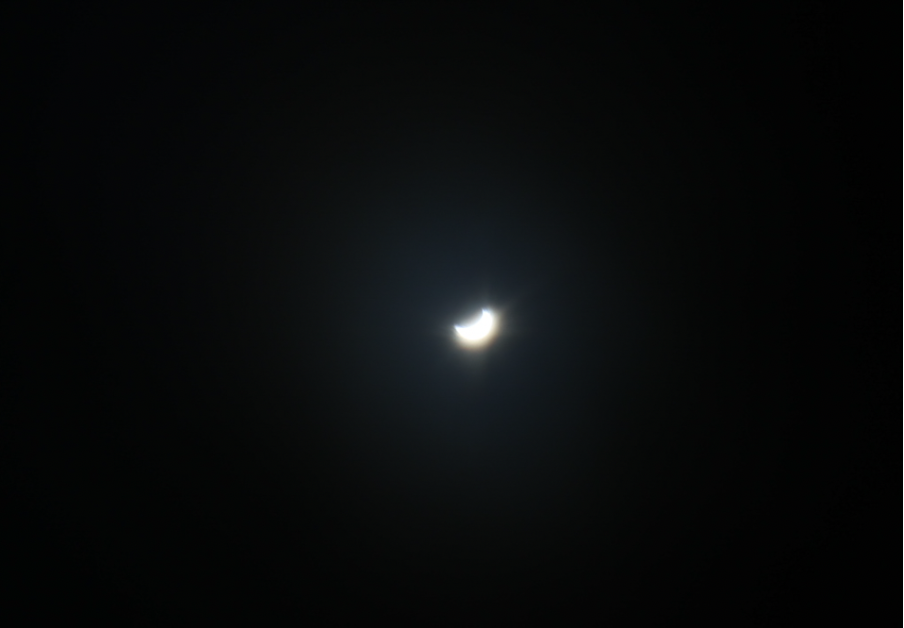
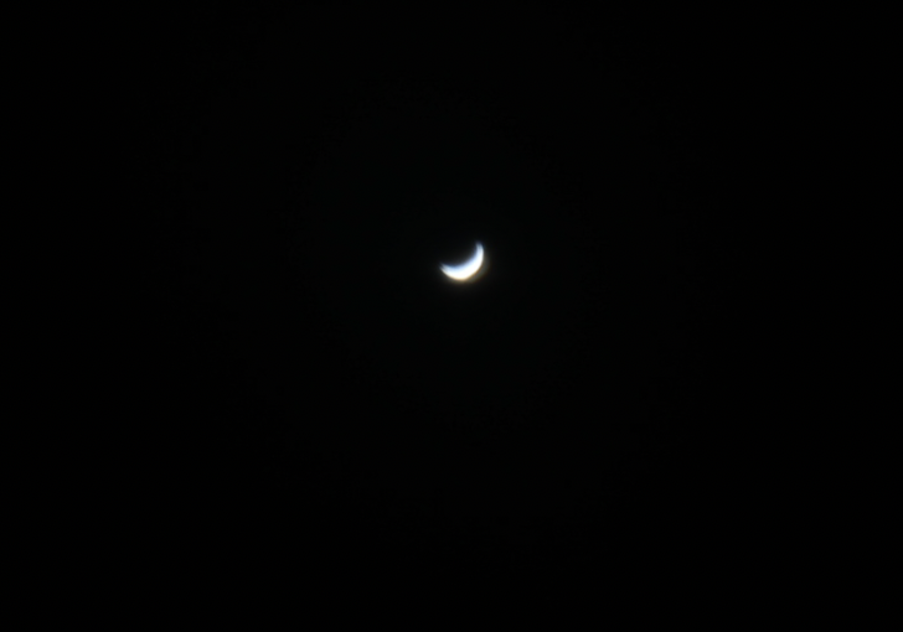
Also took some pictures of Mars, Orion, and the Big Dipper / Ursa Major with the R7/ 16mm. They came out better, but still some blurring as using longer exposures (15-30 secs). Without a tracker you get the trails, so I will try 5,10,15 secs and some higher ISOs next time.
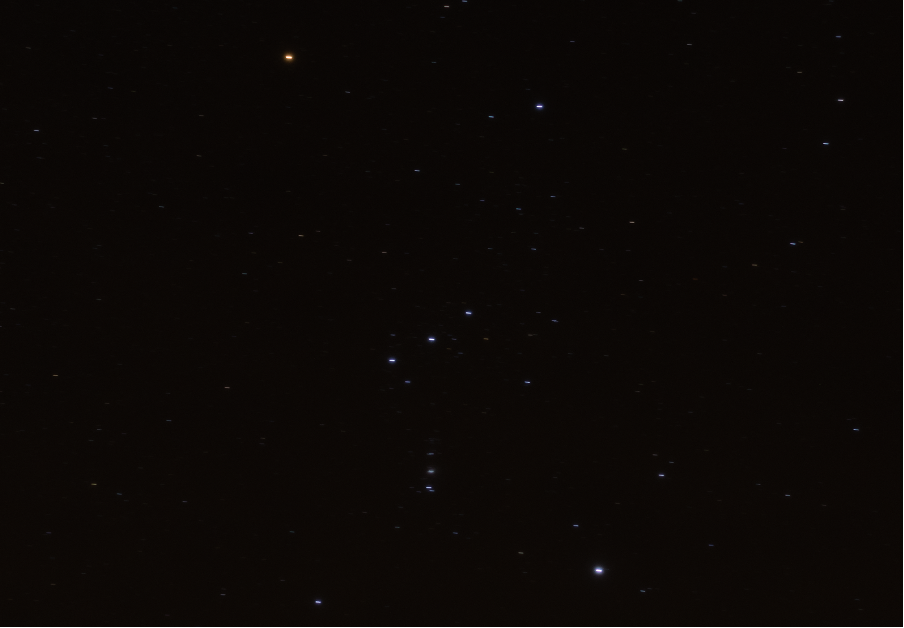
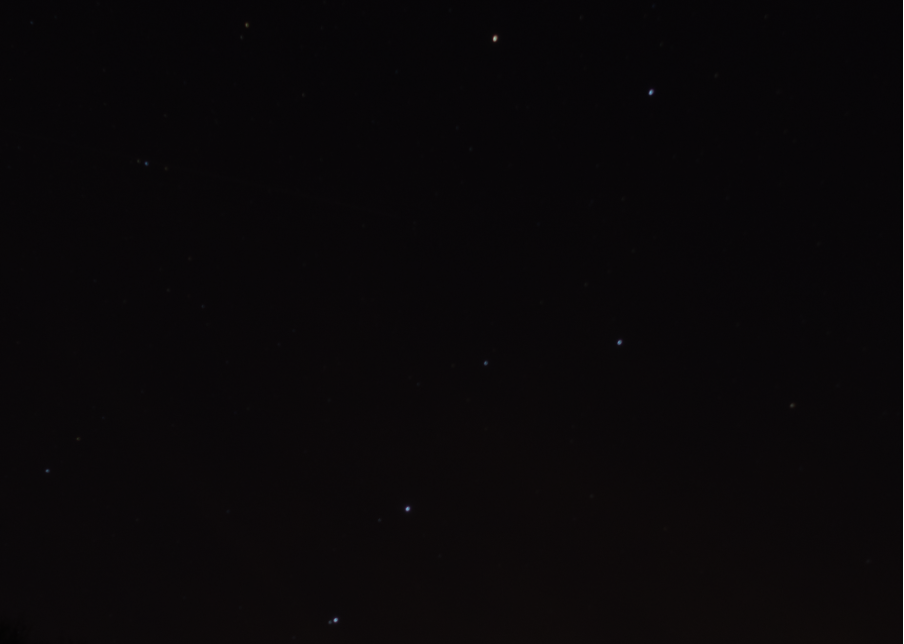
However, getting better at actually getting the focus right (just back from actual infinite it seems), and did get a nice (slightly tweaked in lightroom) pic of the Big Dipper with trees in the foreground (perhaps more by accident than design!). I think I need to worry less about the pictures looking too dark ‘in the field’ and lean into post-processing to balance lighting etc. Even when images look great on my high-res laptop screen, they need brightening for posting online or sharing with friends etc anyway.
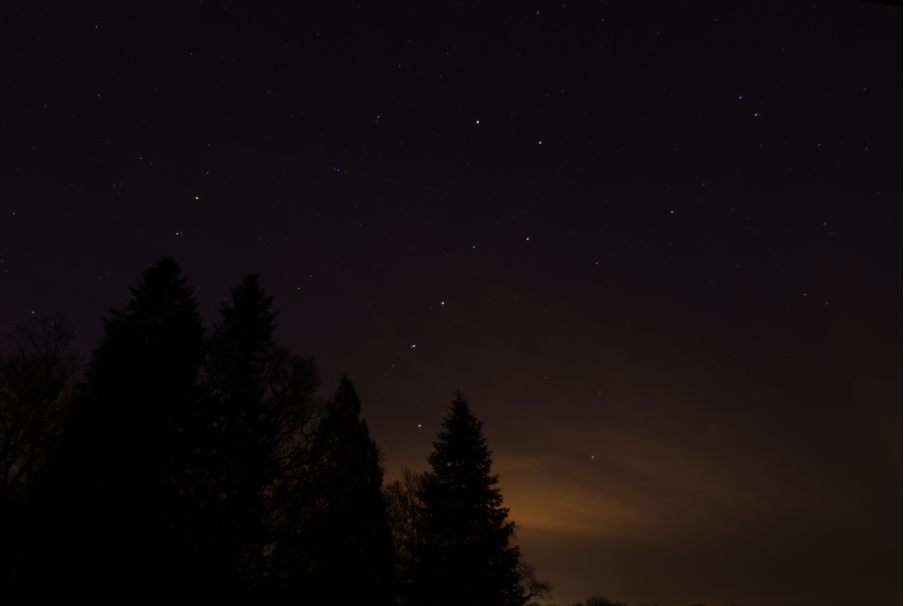
Next time I’m out going to try some of the planets again, and also the same Orion/Big Dipper asterims to try and lock in the settings, and help me with remembering their utility as signposts.